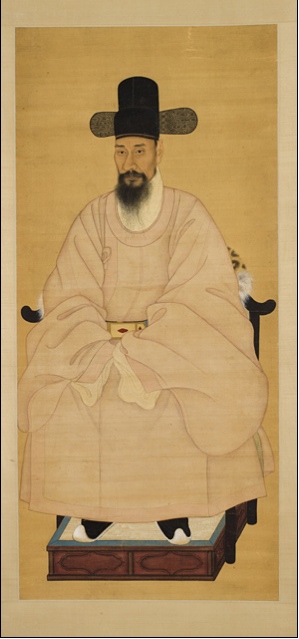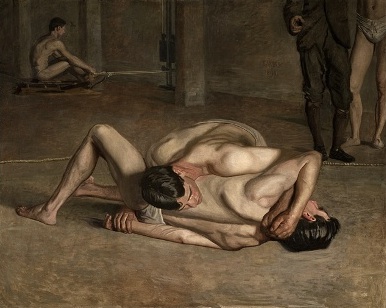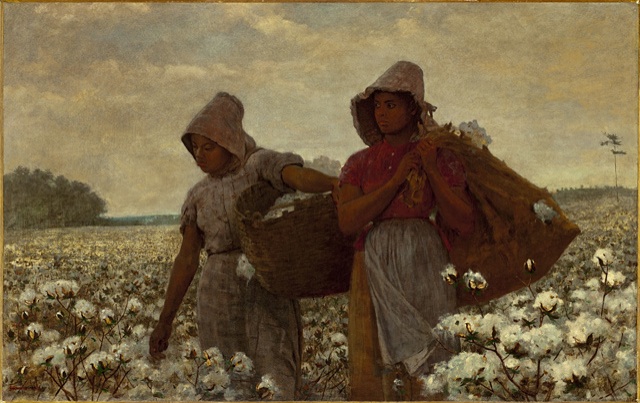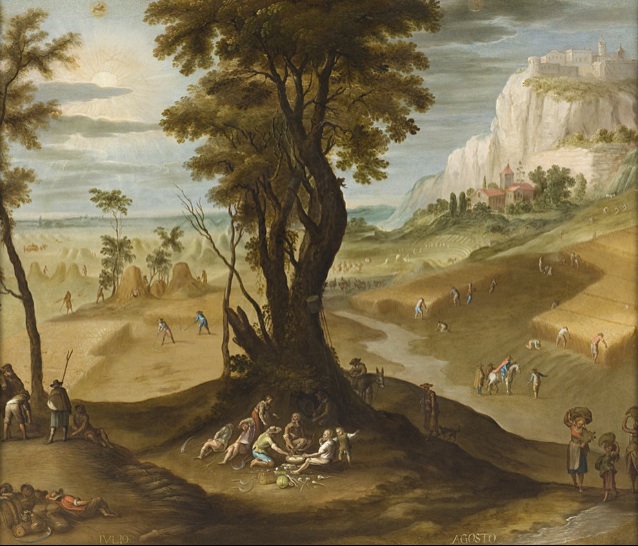According to the US Department of Labor, it’s possible that Labor Day began with one Peter J. McGuire, leader of the Brotherhood of Carpenters, who advocated a day to honor workers “who from rude nature have delved and carved all the grandeur we behold.” The same might be said of artists. This Labor Day, you can visit LACMA for free and, while you’re here, see images of workers through the ages.
Winslow Homer’s Cotton Pickers (1876) depicts women working in a cotton field, silhouetted against the sky. He painted them at a tenuous moment in American history, as African Americans struggled to claim the right to control their own labor where slavery had recently flourished. Homer depicts the two women as monumental and majestic, the figure on the right looking into the distance with a resolute expression. It’s a powerful portrait of labor and determination.
Antonio de Espinosa, The Twelve Months of the Year (Los doce meses del ano), second half of 17th century
From the Spanish colonial period, we get The Twelve Months of the Year, hanging in our Latin American galleries. Painted in the latter half of the seventeenth century, the series depicts all sorts of seasonal work, and serves as a reminder that work was once tied more to the weather than to a job description. Each painting depicts two months, indicated in Spanish. The scene showing July and August shows farmers working in fields of golden wheat, surrounded by people lunching and kicking back on the grass. September/October,which hangs just next to it in the gallery, invites a post-Labor Day autumnal mood.

Portrait of a Scholar Official in a Pink Robe, Joseon dynasty (1392-1910), 19th century
This Korean scholar, depicted in a nineteenth century scroll painting, suggests that thinking was working, long before we spoke of "knowledge workers". You can’t fully appreciate the realism and detail of the portrait—the moles on his nose, the wrinkles of his forehead—without seeing it firsthand in the Korean art galleries. The portrait suggests not only the intense discipline required of a scholar-official, but also the rigorous working process of a professional artist who has mastered techniques characteristic of both Eastern and Western art, and who must have made numerous detailed studies before executing the final painting. (By the way, apparently the pink robe was typical of a high-ranking official, and would have been the type of casual outfit worn for studying at home.)

Thomas Eakins, Wrestlers, 1899.
Is working out really working? If so, don’t miss the dual exhibitions Manly Pursuits: The Sporting Images of Thomas Eakins, side-by-side with Catherine Opie’s Figure and Landscape. Rowing, boxing, swimming, wrestling, sailing, hunting, and football-ing…there’s plenty here to wear you out, and much that serves as a metaphor for the trials of other kinds of work.
And if you want to see the fruits of LACMA’s current labors, peek into the Resnick Pavilion, which opens in just a few weeks. Curators, conservators, guards, electricians, and carpenters are all hard at work assembling upcoming exhibitions.





